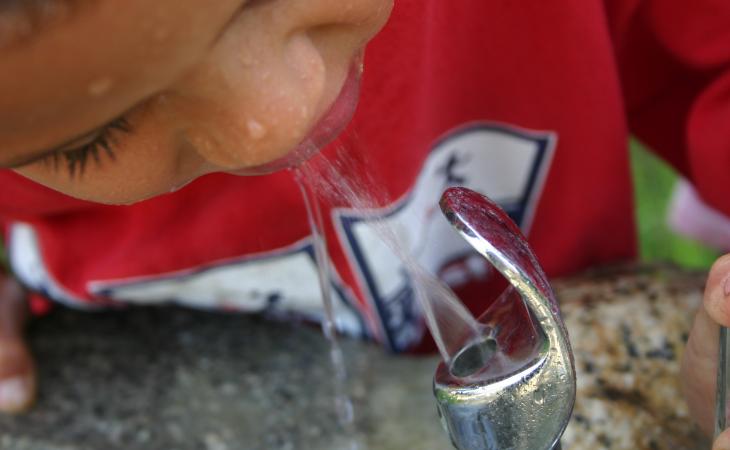This website uses cookies so that we can provide you with the best user experience possible. Cookie information is stored in your browser and performs functions such as recognising you when you return to our website and helping our team to understand which sections of the website you find most interesting and useful.
News
Why PVC Pipe Is the Right Fit for Municipal Water Systems
Water infrastructure has been in the news a lot of late – for all the wrong reasons. Whether it’s the fiasco in Flint or the EPA’s conclusion that billions are needed to maintain our wastewater infrastructure, cities and towns across the country are starting to grapple with a real challenge: what to do about their aging water infrastructures?
Corrosion is not sustainable.
One hundred years ago, there was really only one option: cast iron. But technologies and materials change. To some utilities, PVC may be the “new” material on the block – but PVC pipes have in fact been available for at least half a century (aka, as long as ductile iron pipes). And PVC has several advantages that water utilities may want to consider.
“Longevity is a key issue, especially because of corrosion,” says Bruce Hollands, executive director of the PVC Pipe Association. Hollands told the Vinyl Institute that there are many reasons why PVC pipe should be considered when evaluating pipe materials for water main projects.
PVC is a long-term investment.
There are a number of key reasons that municipalities are replacing their aging iron pipes with PVC pipes. They range from competitive up-front costs to long-term sustainability. For example:
- PVC pipe is cost-effective and easy to handle and install.
- PVC pipe is compatible with existing pipe inventories.
- PVC pipe has a life expectancy of 100+ years and the lowest break rate (while ductile iron water mains corrode and leak and fail in well under 50 years).
- PVC pipe does not corrode (internally or externally).
- PVC is resistant to biological attack, moisture and chemicals – enhancing safety, sustainability and long-term maintenance and replacement costs.
- PVC pipe is the only pipe material in North America with a peer-reviewed ISO 14025 international environmental product declaration (EPD) certified and verified by NSF International, a division of global public health organization NSF International.
In addition, PVC pipe is “flexible” in that it uses deep-socketed, water-tight joints with rubber gaskets that allow for movement instead of breakage. This is critical as pipe in the ground is exposed to everything from shifting soil from cold weather and droughts to seismic events.
Cities large and small have made the switch.
Thousands of municipalities have incorporated PVC pipe for water mains. In fact, there are more than one million miles of PVC water mains in service across North America. Denver, Indianapolis, Oklahoma City, Rochester (NY), and San Diego are among numerous larger cities that have installed PVC water pipes. Smaller municipalities that have done so range from Boise, Idaho, to Abilene, Texas.
Hollands says that if you have not considered PVC it’s time for your municipality to give PVC pipe a chance. “Infrastructure is a 100-year investment,” he said. “If you look at it through a sustainability lens PVC should be given consideration.” Hollands added that PVC pipe helps utilities achieve long term saving on maintenance and replacement costs because PVC has fewer water main breaks than other materials. This in turn allows utilities to redeploy resources over time to address other needs.


